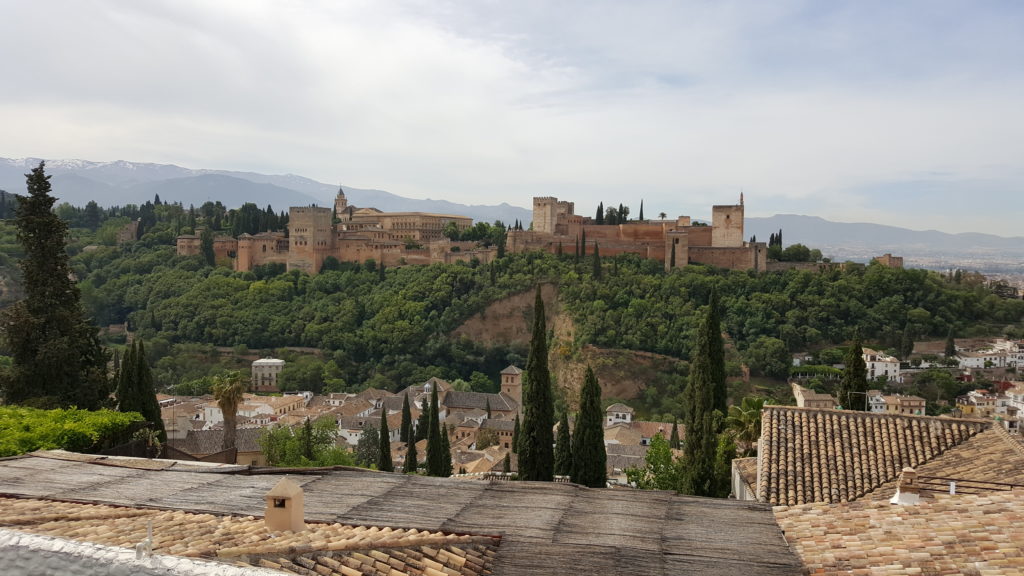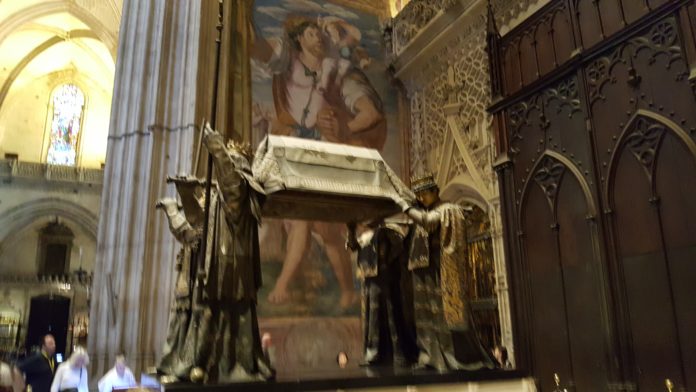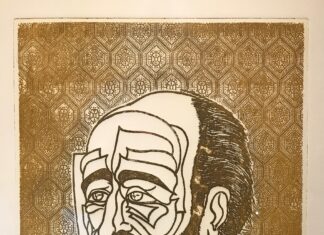ALTADENA, Calif. – On September 17, Kevork Keushkerian, who recently visited Andalusia, Spain, delivered a PowerPoint presentation on his visit at the Tekeyan Cultural Association (TCA) Beshgetourian Center Hall in Altadena. The event was organized by the Glendale-Pasadena Chapter of Tekeyan Cultural Association, and concluded with a reception.
Keushkerian presented the historic background to the Muslim presence in the Iberian Peninsula. The Arabs, under the leadership of Berber General Tariq ibn Ziyad, invaded the Iberian Peninsula in the year 711 with a force of 7,000 soldiers.
After an occupation of 780 years, the Arabs were defeated by and relinquished power to the Castilian-Aragonese forces in the year 1491. On January 2, 1492, the Catholic Monarchs, Queen Isabella I of Castile and King Ferdinand II of Aragon, took over Granada. Thus, a new era of Christian rule started in the Iberian Peninsula.
Several of Andalusia Spain’s famous tourist attractions dot the landscape of the following cities: Seville, Granada, Cordoba, Toledo, and Madrid, the capital of Spain.
Seville has two main attractions: St. Mary of the See Cathedral and Alcazar, the palace. The Cathedral was built on the ruins of the old mosque and contains the tomb of Columbus. The building of the Alcazar palace started in 1811 and took 500 years for completion. Some of the scenes of TV’s “Game of Thrones” are shot there.
Granada’s main attraction is the Alhambra (meaning “the red” in Arabic), the palace on the hill. It was built in the 11th century and was used as a military fort until the 13th century, when it was transformed into a palace. As a palace, it was first inhabited by King Muhammad I and then by the Catholic Monarchs, Queen Isabella I and King Ferdinand II.












